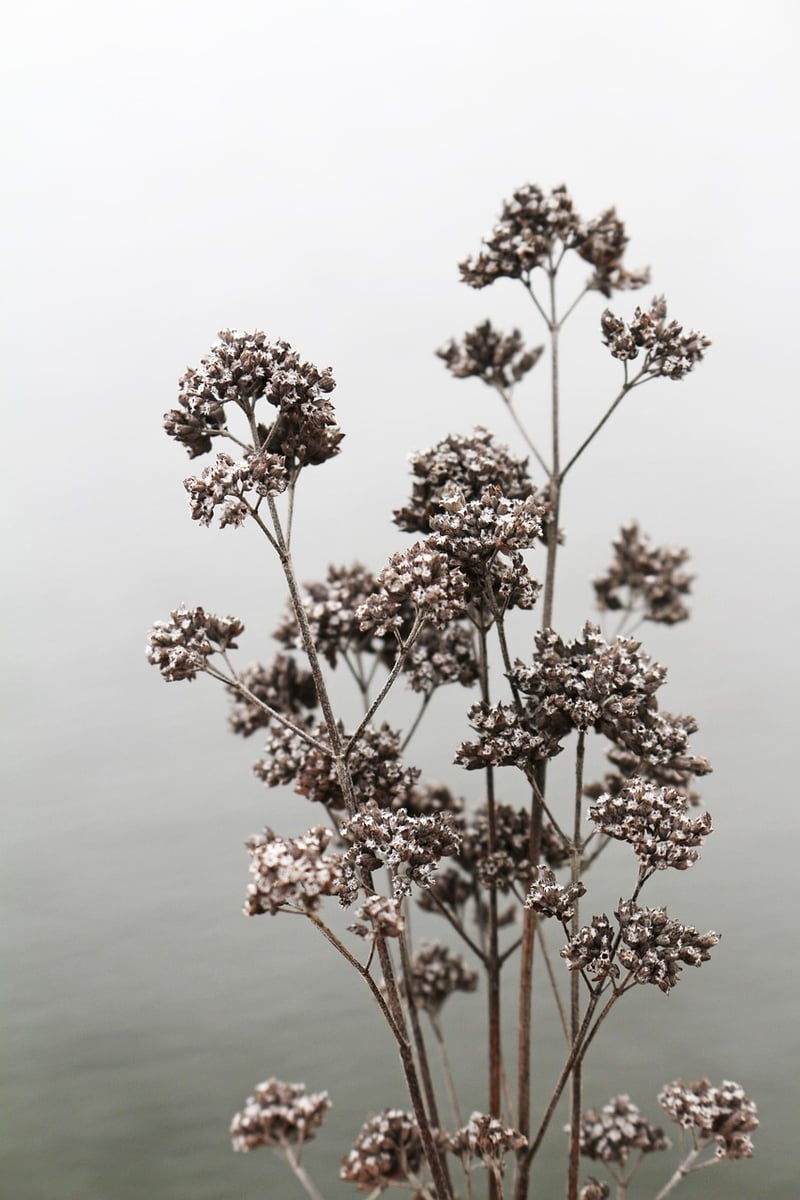Wilting Plants
Identifying and Solving Issues with Wilting Plants
Wilting plants can be a common problem for both beginner and experienced gardeners. It's essential to identify the underlying issues causing wilting to effectively revive your plants. Here are some common causes of wilting plants and how to solve them:
1. Underwatering
One of the most common reasons for wilting plants is underwatering. When plants don't receive enough water, they can't maintain their turgidity, resulting in wilting leaves and stems.
To solve this issue, ensure you water your plants regularly, especially during hot weather. Check the soil moisture level regularly and adjust your watering schedule accordingly.
2. Overwatering
On the other hand, overwatering can also lead to wilting plants. When plants are overwatered, their roots can suffocate due to lack of oxygen, causing wilting and yellowing leaves.
To address overwatering, allow the soil to dry out between waterings. Ensure your pots have proper drainage to prevent waterlogging.
3. Nutrient Deficiency
Inadequate nutrients in the soil can result in wilting plants. Plants require essential nutrients like nitrogen, phosphorus, and potassium to thrive. A lack of these nutrients can cause wilting and stunted growth.
Consider using a balanced fertilizer to provide your plants with the necessary nutrients. Regularly monitor your plants for any signs of nutrient deficiency and adjust your fertilization routine accordingly.
4. Pests and Diseases
Pests such as aphids, spider mites, and diseases like root rot can also cause wilting in plants. These issues can disrupt the plant's ability to absorb water and nutrients, leading to wilting symptoms.
Inspect your plants regularly for signs of pests or diseases. Use appropriate insecticides or fungicides to control infestations and prevent further damage.
5. Environmental Stress
Extreme temperatures, strong winds, or sudden changes in light exposure can stress plants and result in wilting. Plants may wilt as a defense mechanism to conserve water under stressful conditions.
Protect your plants from extreme weather conditions by providing shade, wind barriers, or adjusting their placement. Gradually acclimate plants to changes in light to minimize stress.
By identifying the root cause of wilting in your plants and taking appropriate measures, you can help revive them and promote healthy growth. Remember to observe your plants closely, provide proper care, and create a conducive environment for them to thrive.

Keep your plants healthy and vibrant by addressing wilting issues promptly!
